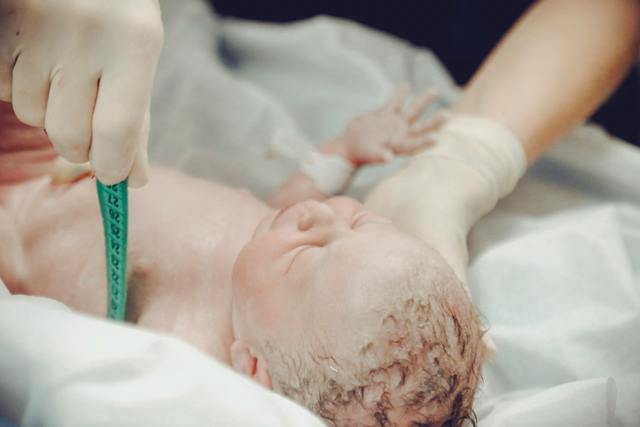Despite being an emergency physician, it is uncommon for me to actually encounter true emergencies.
As mentioned in previous issues most of what I do is not emergent or even urgent and many times less is more (see rule number 4).
However, every once in a while, I do encounter true emergencies and find myself managing shock cardiac arrest as well as other emergent conditions. The next set of rules provide some advice when encountering such situations.
Rule Number 12 – The management of shock is a chess match against death – think two and three moves ahead
By definition shock (and all other true emergencies) are time sensitive. Under many circumstances, providing some meds or performing some intervention such as IV fluids sooner rather than earlier can save a life or make a clinical difference. It is therefore very important to think ahead and communicate that to your team.
For example, when I order a fluid bolus for a child who is tachycardic and potentially in compensated shock, I communicate to the nurse that another bolus should be ready to be given if needed. Same with a dose of epi for cardiac arrest. If epi is given, I ask to draw the next dose and hold it by the bedside.
Rule Number 13 – The only way Normal Saline can kill a child is if he/she drowns in a pool full of it
While this may sound funny it is almost always true. Most kids respond very well to fluid boluses and unlike adult patients do not get fluid overload very easily. Many times, in the Pediatric ED fluids is all that is necessary to reverse low blood pressure without use of pressers.
I often joke with my residents and medical students and tell them the same about albuterol and Zofran (thought there are exceptions). I personally have a very low threshold to give one, two and even three fluid boluses assuming after my reevaluation the child is not worse.
Rule Number 14 – Don’t ignore unexplained tachycardia
Many of my patient in the Pediatric ED are tachycardic. First, one must keep in mind the normal heart rate for age but more importantly one should keep in mind that in children the tachycardia should be “explained”. I usually don’t worry much when I see a child who is tachycardic but very often worry when the child is tachycardic and tachycardia is unexplained.
A child who is afebrile, not running around the room, not crying etc., should not be tachycardic. That always makes me think hard that I am possibly missing something (compensated shock is a good example). If the child had high fever and very tachycardic I often give Tylenol, hope for the fever to subside (it usually does) and check again.
Considering the two following patients.
Patient 1 – healthy vaccinated toddles one who is normothermic with HR of 155
Patient 2 – healthy vaccinated toddler with temp of 104 and same HR.
The child with normothermia should not be that tachycardic (as long as he / she is resting, not crying etc.) that is a major red flag. Is this sepsis? dehydration? Knowing what we know about fever in children (it is a viral illness most of the time) The child who is febrile, vaccinated and well appearing likely has a virus. Most of the time, giving Tylenol resolves the tachycardia and the child is safe for discharge without much investigation or intervention. But the child who is nice and calm, not dehydrated (by history) makes me much more nervous and often deserves an evaluation.
Rule Number 15- A bolus over an hour is an oxymoron-
I must admit I do that sometimes. However, when thinking about administration of fluid boluses, giving it over an hour does not make a whole lot of sense. A bolus in the context of compensated shock (definitely for uncompensated shock) or another true emergency should be given by push pull or over a very short period of time).
Rule Number 16 – You can leave an oral airway in until the child spits it out. If they don’t gag it out, they still need it.
Maintaining an airway is obviously my most important job during resuscitation. In an obtunded and unresponsive child an oral airway goes a long way in helping you ventilate properly. Given that the gag reflex is so strong in children, after I place an oral airway in a child, I leave it be. If a child gags it, great, likely he / she doesn’t need it anymore and they are protecting their airway, but if there is no gag (oral airway does not induce it) likely the child still needs the airway in place.
Rule Number 17 – Manage a resuscitation three important tasks at a time
Most adults can only focus on two or three tasks when under stress. That is why, especially during resuscitation it is important to break things down to two or three important tasks at a time. So, saying something like, ok team the Glucose is wnl, “The next three things we are going to do are, get and IV, give a fluids bolus and then go to CT head as soon as possible”. This way it is easier for the team to comprehend what needs to be done and how to go about it. Overwhelming the team (and myself) with several / long list of tasks (especially under stress) is unlikely to be successful.
References
www.pemrules.com Episode 4



